The textile fabrics market in Europe is characterized by a dynamic competitive landscape, driven by innovation, sustainability, and technological advancements. Key players such as Lenzing AG (Austria), Toray Industries (Japan), and Milliken & Company (US) are at the forefront, each adopting distinct strategies to enhance their market positioning. Lenzing AG (Austria) focuses on sustainable fiber production, leveraging its TENCEL™ brand to cater to the growing demand for eco-friendly textiles. Meanwhile, Toray Industries (Japan) emphasizes technological innovation, particularly in high-performance fabrics, which positions it favorably in sectors such as automotive and healthcare. Milliken & Company (US) is also notable for its commitment to innovation, particularly in the development of advanced textiles that incorporate smart technology, thereby enhancing functionality and performance.
The business tactics employed by these companies reflect a trend towards localizing manufacturing and optimizing supply chains to enhance efficiency and responsiveness to market demands. The competitive structure of the market appears moderately fragmented, with a mix of large multinational corporations and smaller, specialized firms. This fragmentation allows for diverse offerings and innovation, as key players strive to differentiate themselves through unique product features and sustainable practices.
In September 2025, Lenzing AG (Austria) announced a partnership with a leading fashion brand to develop a new line of sustainable fabrics made from TENCEL™ fibers. This collaboration not only reinforces Lenzing's commitment to sustainability but also enhances its visibility in the fashion industry, potentially driving significant sales growth. The strategic importance of this partnership lies in its alignment with consumer preferences for eco-friendly products, which are increasingly influencing purchasing decisions.
In October 2025, Toray Industries (Japan) unveiled a new range of high-performance fabrics designed for the sportswear market. This launch is significant as it showcases Toray's ongoing investment in R&D and its ability to respond to the growing demand for performance-oriented textiles. By focusing on this niche, Toray positions itself to capture a larger share of the lucrative sportswear segment, which is expected to grow substantially in the coming years.
In August 2025, Milliken & Company (US) expanded its operations in Europe by acquiring a local textile manufacturer specializing in smart textiles. This acquisition is strategically important as it allows Milliken to enhance its product portfolio and leverage local expertise to accelerate innovation. The integration of smart technology into textiles is a growing trend, and this move positions Milliken to capitalize on emerging opportunities in this space.
As of November 2025, the competitive trends in the textile fabrics market are increasingly defined by digitalization, sustainability, and the integration of artificial intelligence. Strategic alliances among companies are shaping the landscape, fostering innovation and enhancing supply chain efficiencies. Looking ahead, competitive differentiation is likely to evolve from traditional price-based competition to a focus on innovation, technology, and reliability in supply chains. This shift underscores the importance of adapting to changing consumer preferences and market dynamics.


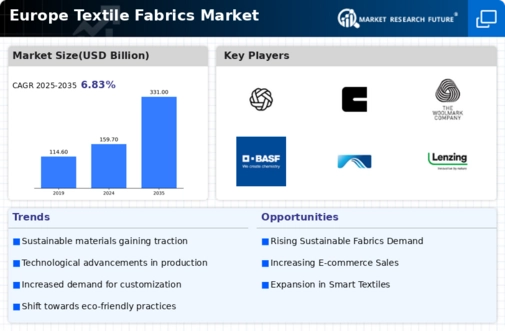
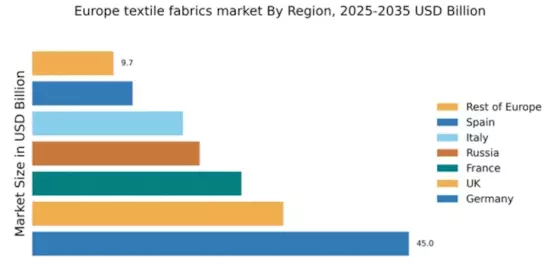
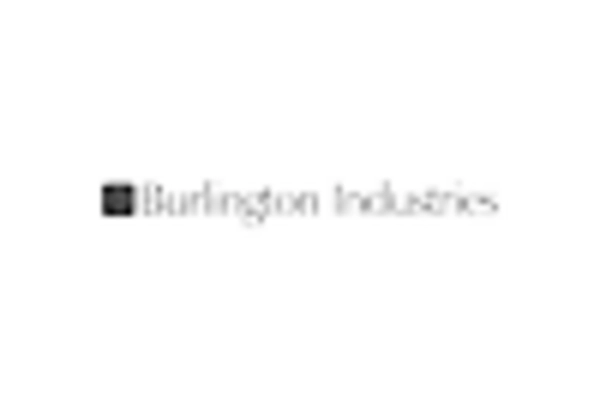

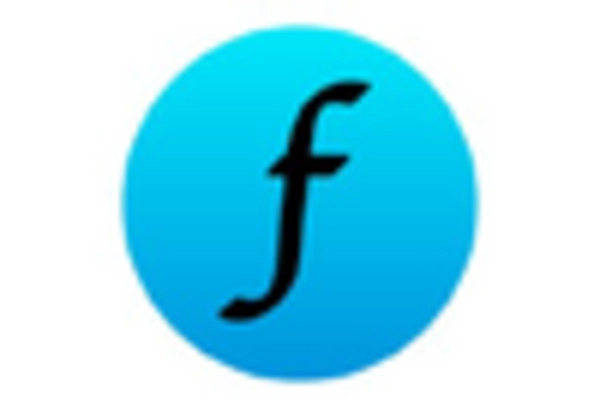


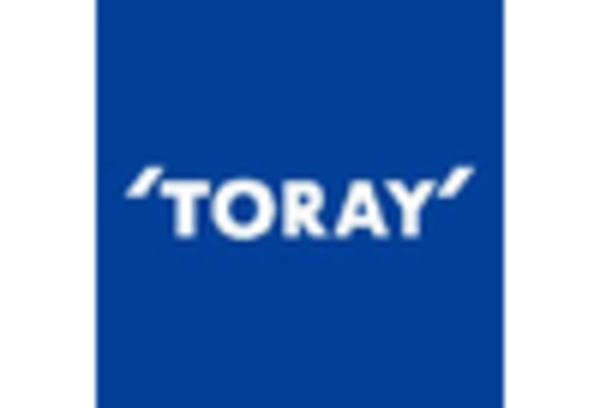








Leave a Comment